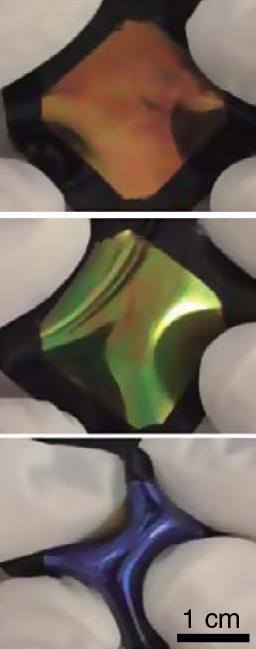
A group of researchers in the US have created a material capable of colour shifting across the entire spectrum of the rainbow. The colour-changing happens on demand by changing the pressure around the material using encapsulated air channels.
Some marine organisms such as squid change colour and pattern as a form of camouflage, signalling or energy regulation. But researchers have struggled to mimic such activity with synthetic materials. One promising technique for creating colour-shifting materials is to use inflatable membranes of chiral nematic liquid crystalline elastomers. When put under pressure , the rotation of the liquid crystal directors in the material creates structural colours with controllable wavelengths.
Now, a team at the University of Pennsylvania has created a stretchable membrane capable of fast colour changes triggered via inflatable air channels. By controlling the ratio of the width and thickness of the material’s supporting layer, the researchers were able to create ‘pixels’ of varying colours.
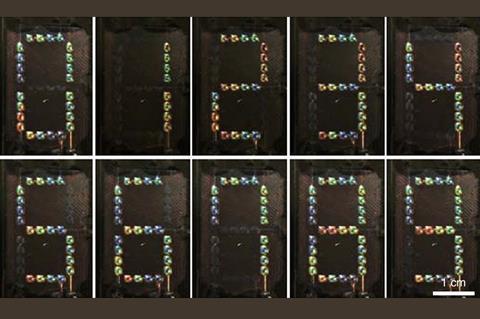
The team used the system to display the numbers 0 to 9, and to produce a variety of camouflage patterns. Such materials could be useful for cryptography, adaptive optics and soft robotics.

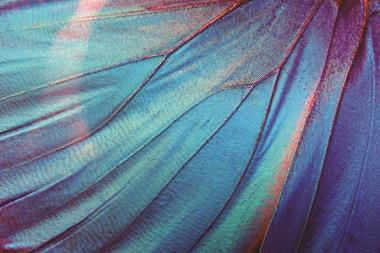
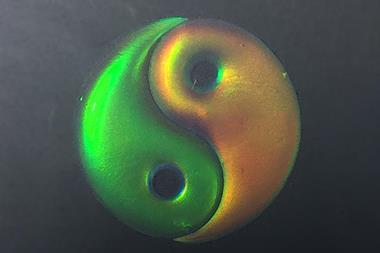
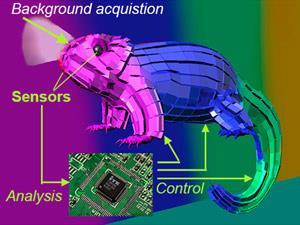








No comments yet